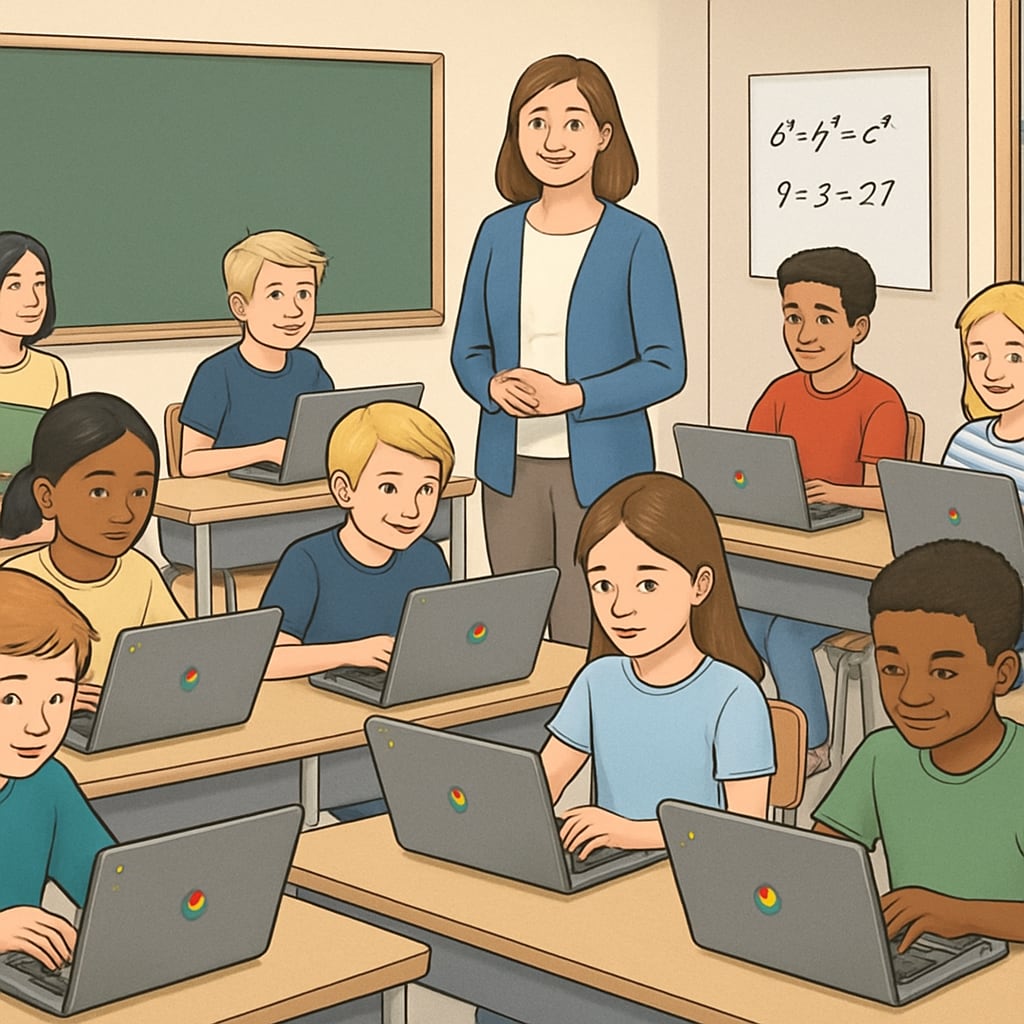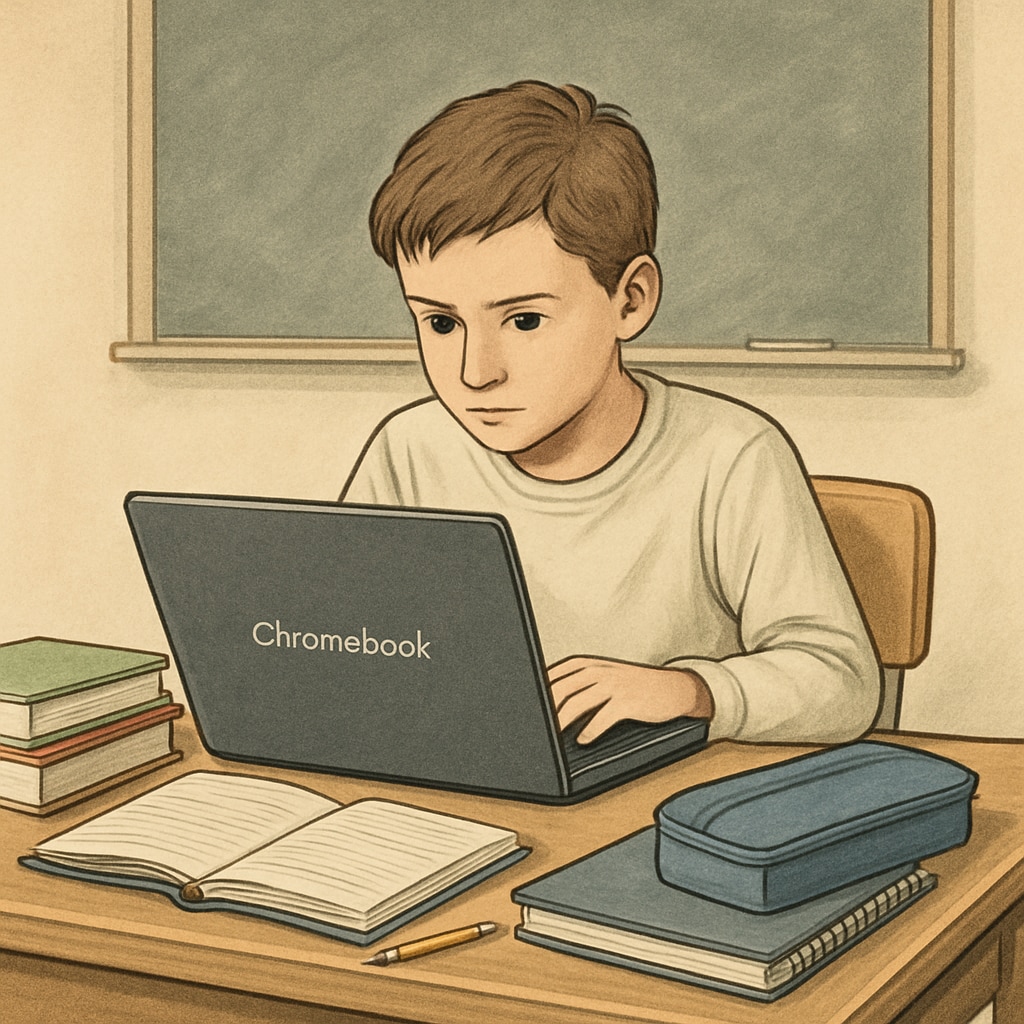Educational technology, critical thinking, and tools such as Chromebooks have become staples of modern K12 classrooms. While these innovations undoubtedly streamline various teaching processes and enhance learning accessibility, educators face a pressing question: Are we sacrificing the development of critical thinking skills at the altar of efficiency? This article examines the impact of technology on students’ ability to think critically and explores strategies to strike a balance between these competing priorities.
How Educational Technology Is Revolutionizing Classrooms
The adoption of educational technology has transformed classrooms worldwide. Tools like Chromebooks and interactive learning platforms enable personalized instruction, instant feedback, and efficient content delivery. For example, students can access vast repositories of information through digital devices, participate in virtual discussions, and complete assignments with ease. These advancements have significantly reduced the time educators spend on administrative tasks, allowing them to focus more on teaching.
Moreover, technology fosters inclusivity by catering to diverse learning styles. Visual learners benefit from interactive videos, auditory learners thrive with podcasts, and kinesthetic learners engage with touch-based educational games. These tools democratize education, making it possible for students from various backgrounds to access high-quality resources.

The Hidden Cost: Decline in Critical Thinking Skills
Despite these benefits, the heavy reliance on technology may inadvertently weaken students’ critical thinking abilities. Critical thinking involves analyzing, questioning, and synthesizing information—a process that requires time and effort. The instant gratification offered by technology can discourage deeper engagement with complex problems.
For instance, students often rely on search engines for answers instead of critically evaluating the sources or learning how to form their own conclusions. Similarly, automated tools like grammar checkers and calculators reduce the need for manual problem-solving, potentially eroding cognitive skills over time. As a result, the ability to think independently and critically—a cornerstone of lifelong learning—faces significant challenges.
Furthermore, excessive screen time can lead to distractions, reducing students’ attention spans and limiting their capacity for sustained focus. The addictive nature of digital devices may also hinder meaningful face-to-face interactions, which are vital for developing empathy and collaborative problem-solving skills.

Striking the Right Balance Between Technology and Thought
To address these challenges, educators must carefully integrate technology into their teaching methods without overshadowing critical thinking development. Here are some strategies:
- Encourage Socratic Questioning: Teachers can use technology to facilitate discussions that challenge students to analyze and defend their viewpoints rather than just accepting information passively.
- Blend Digital and Traditional Methods: Combining digital tools with traditional teaching practices, such as group debates or written essays, helps students engage with material more deeply.
- Focus on Source Evaluation: Educators should teach students how to critically evaluate online information, distinguishing credible sources from unreliable ones.
- Limit Automation: While automation saves time, tasks like solving math problems or editing essays manually can strengthen problem-solving skills.
- Foster Collaboration: Collaboration tools like Google Docs can be used to promote teamwork, encouraging students to exchange ideas and collectively solve problems.
By implementing these approaches, educators can leverage technology’s benefits while preserving the integrity of critical thinking skills. The goal should be to create a balanced educational environment where technology serves as a tool rather than a crutch.
Conclusion: A Call to Rethink Educational Priorities
While educational technology has revolutionized teaching and learning, its unintended consequences—particularly the decline in critical thinking—cannot be ignored. Chromebooks and similar devices are powerful tools, but they must be used thoughtfully to ensure they enhance rather than detract from students’ intellectual growth.
Educators, policymakers, and parents need to collaborate to design curricula that integrate technology responsibly. By fostering critical thinking alongside technological proficiency, we can prepare students not just for academic success but also for the complex challenges of the real world.
As we continue to embrace innovation in education, let us prioritize the development of thoughtful, independent thinkers—an investment that will pay dividends for generations to come.


